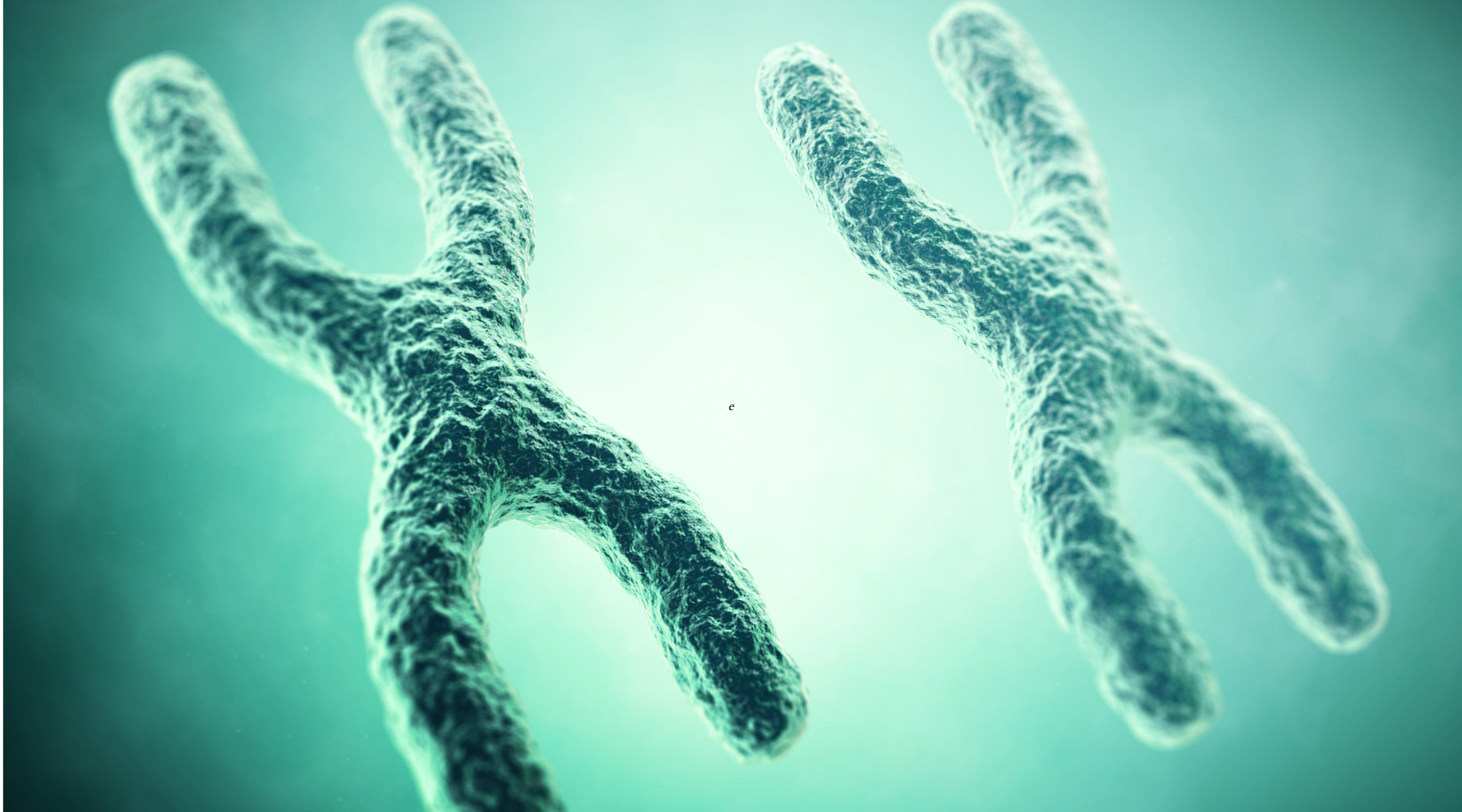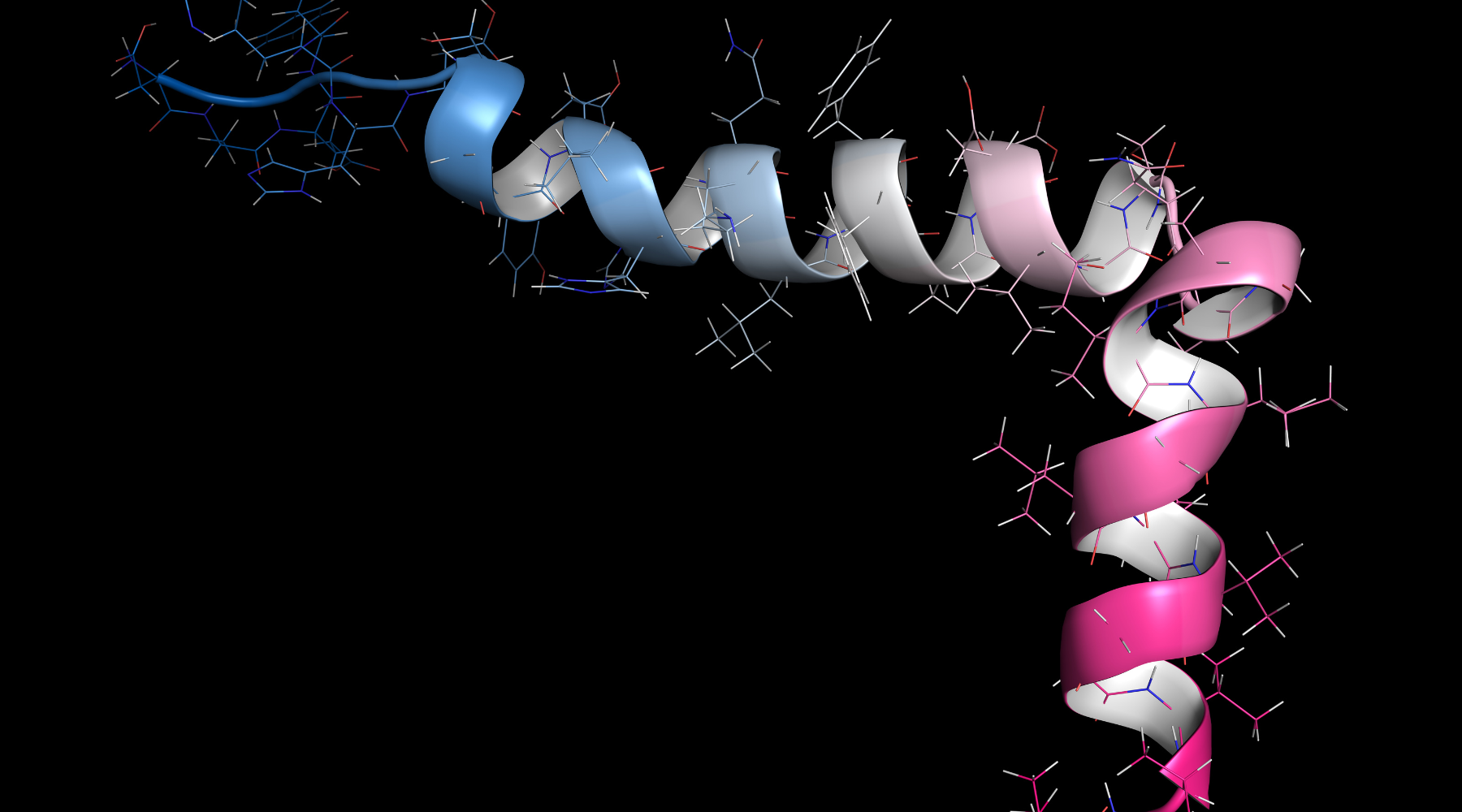Let's talk about the 3rd Hallmark of Aging: epigenetic alterations, or changes.
What are Epigenetics?
Epigenetics refers to how the cells “read” or interpret their genetic material or DNA. DNA methylation patterns, post-translational modification of histones, and chromatin remodeling – all types of epigenetic alterations - determine what genes are “read” or turned on or off. Epigenetics determines gene expression from conception, with the DNA of a developing embryo programed or imprinted by the parental epigenomes. But, as we age, environmental factors like exposure to toxins and including lifestyle choices like physical activity and diet, alter our epigenetics.
Epigenetic Alterations
Some epigenetic changes are predictable - for example, many of the changes associated with lifestyle factors. But some epigenetic changes are random and associated with many diseases and risk factors when thresholds are reached.
Without behavior and exposure modifications, epigentic changes accumulate as we age. Scientists have found that biological age – a concept independent of chronological age – can be measured by epigenetic changes; measuring DNA methylation, in particular, can provide a highly reflective snapshot of an individual’s overall health.
Just as certain behaviors cause epigenetic changes that signal aging or disease, other behaviors or therapeutic strategies like following a low calorie diet, exercise, quitting smoking, reducing or stopping alcohol consumption, can reverse them. That’s why a healthy 40-year-old’s biological age could be 34 while an unhealthy person of the same age could have a biological age of 46.
Types of Epigenetic Alterations
Let’s quickly explore the four most common types of epigenetic changes, starting with the big kahuna: DNA methylation.
-
DNA Methylation
DNA methylation is the process by which a methyl group is added to the DNA nucleotides. Methyl groups do not impact the sequence per se—determined by the base pairs A,T, G, C—but impact whether the gene is expressed or not.
DNA Methylation and Lifestyle
In 2022, we know that the environment and lifestyle (in addition to age) impact methylation patterns; and that by lifestyle modification, age-dependent DNA methylation patterns can be reversed or changed. An individual’s methylation pattern is a perfect track record of past environmental exposures and health status and a good estimate of future disease risk or life expectancy.
In an experiment published this year comparing the blood DNA methylation patters of healthy and unhealthy Germans, there were significant methylation differences between the healthy and unhealthy groups. Health status was scored based on diet, physical activity, smoking and alcohol consumption. Of the lifestyle factors examined, smoking most heavily influenced the methylation patterns. When examining the methylation patterns again in the context of BMI and age, healthy lifestyle masked obesity markers and reversed age markers.
-
Histone Modifications
The next two epigenetic changes are associated with how the DNA is stored in the cells. By not allowing transcription or the DNA to be read, the genes are turned off. These genes are in the restricted section of the library. This means, without changing the DNA itself, much of it is unavailable.
Histones are proteins that help provide structure to DNA. The DNA wraps around complexes of histone proteins, which makes it easier to “pack” the DNA into the cell nucleus. Histones also play a role in how genes are expressed; for example, they are marked as “read me.” Changing how a histone is marked, can mean a gene is turned off or turned on.
Three members of the sirtuin family – SIRT1, SIRT3, and SIRT6—that modify histones are known to contribute to healthy aging. Over-expression of SIRT1, which improves genomic stability and enhances metabolic efficiency among other effects, improves aspects of health during aging but does not increase longevity (in rodents). Over-expression of SIRT3 has been shown to improve the capacity of hematopoietic stem cells (from blood) to regenerate. Scientists have shown that knocking down SIRT6 in mice resulted in accelerated aging, whereas over-expression leads to a longer lifespan.
-
Chromatin Remodeling
Chromatin refers to the mixture of DNA and proteins that form chromosomes. Heterochromatin is densely packed DNA and inaccessible to transcription factors –effectively it is turned off. Chromatin remodeling is the rearrangement and modification of proteins and DNA to allow for “use” or access.
-
Transcriptional Alterations
The final change could be said to be the result of the three other epigenetic changes discussed. After all the modifications, the DNA that remains accessible and “readable” can be transcribed into RNA or mRNA.
Aging is associated with an increase in transcriptional noise (more transcription) and abnormal production and maturation of many mRNAs. Researchers have found age-related changes in the transcription of genes that encode key components of inflammatory, mitochondrial, and lysosomal degradation pathways and non-coding mRNAs that target components of longevity networks or regulate stem cell behavior.
Hallmark of Aging Criteria
A quick review: To be named a hallmark, epigenetic alteration must fulfill three criteria:
- It should occur during normal aging. Check!
- If increased, then it should accelerate aging. To varying degrees, check!
- If decreased, then it should decelerate aging. Again, to varying degrees, check!
Reversion of Epigenetic Alterations
We know that lifestyle modifications like not/quitting smoking, eating healthfully, and getting regular exercise has real impact on your biological age. These lifestyle changes not only support a healthy lifestyle, they support an anti-aging lifestyle. Further, and certainly surprisingly to the researchers, healthy lifestyles can even combat or obscure known epigenetic obesity factors. This could be true for other diseases as well.
Although I’m not usually one for a new year’s resolution, adopting a healthier lifestyle could mean feeling better in the short and the long-term.
Written by: Katsume Stoneham, BS, Molecular Biology, MA, Public Health




Leave a comment
All comments are moderated before being published.
This site is protected by hCaptcha and the hCaptcha Privacy Policy and Terms of Service apply.